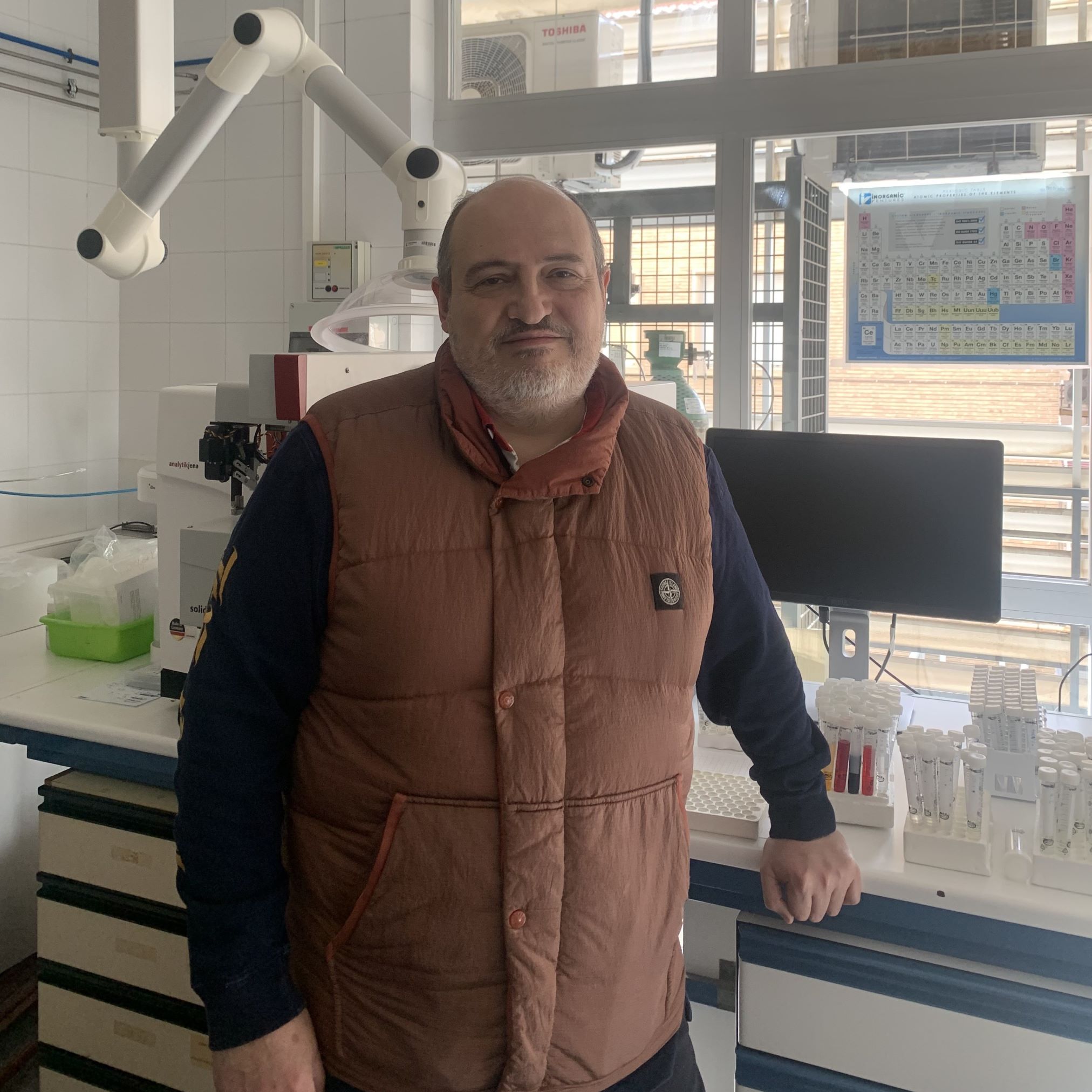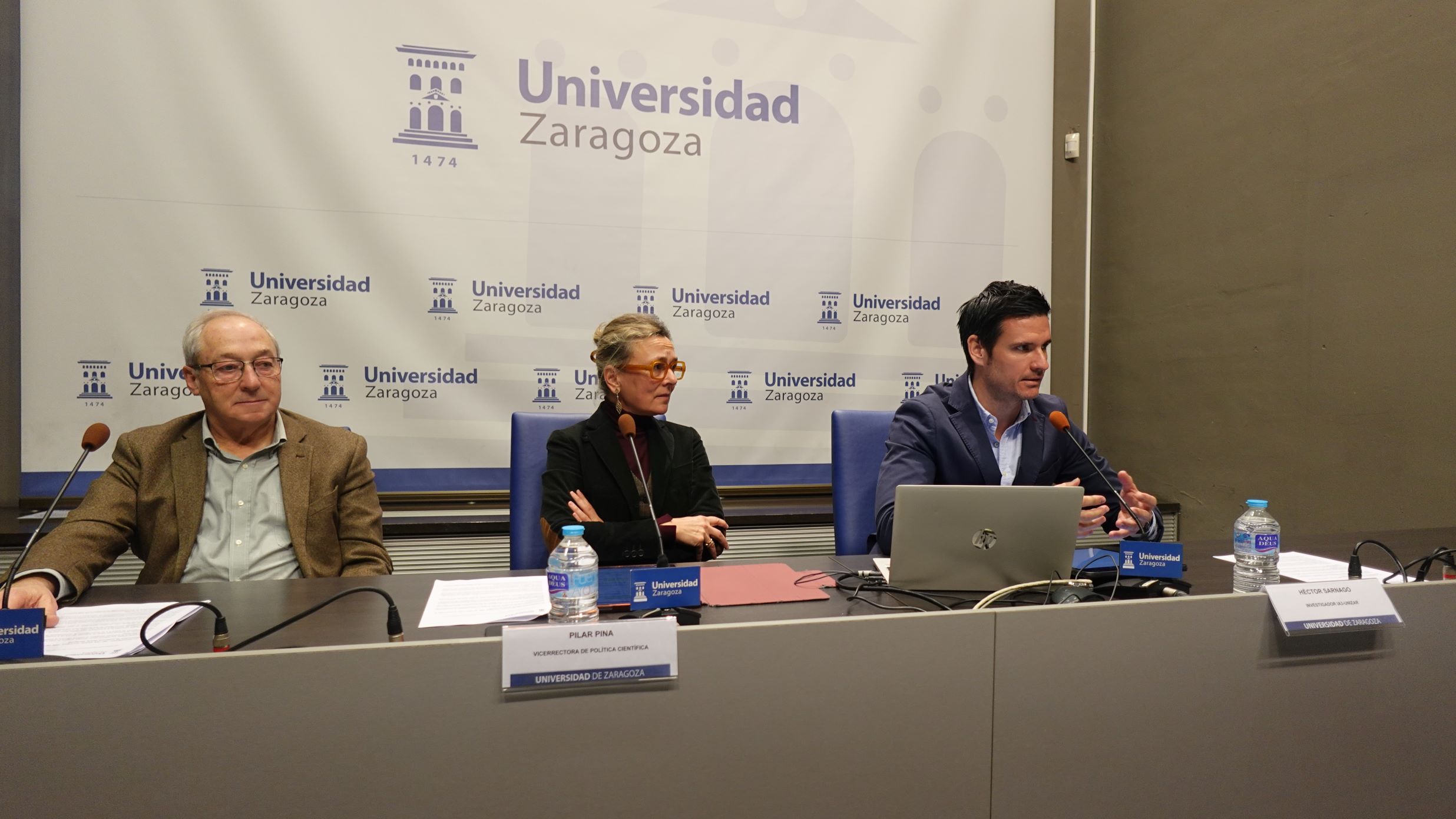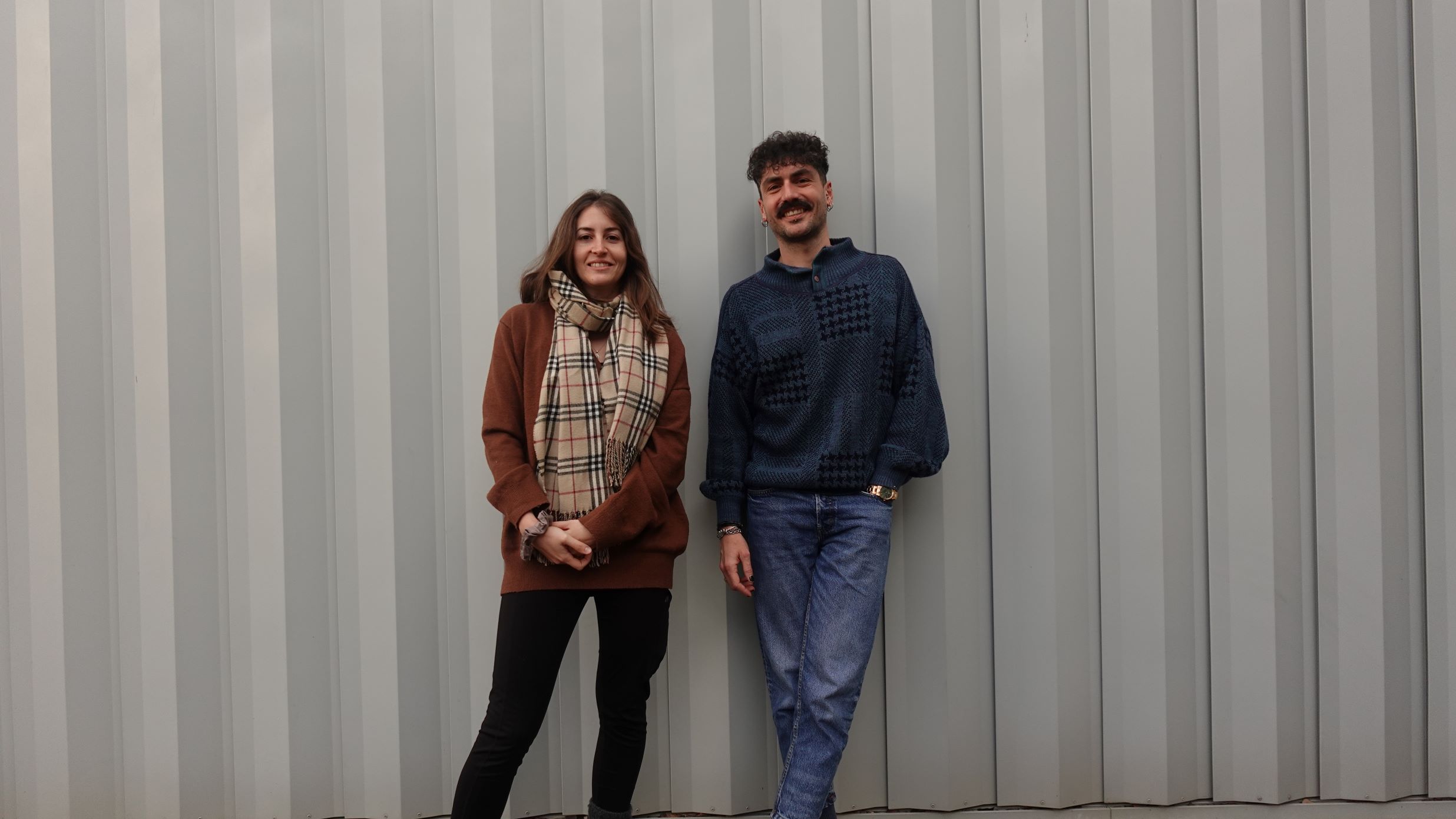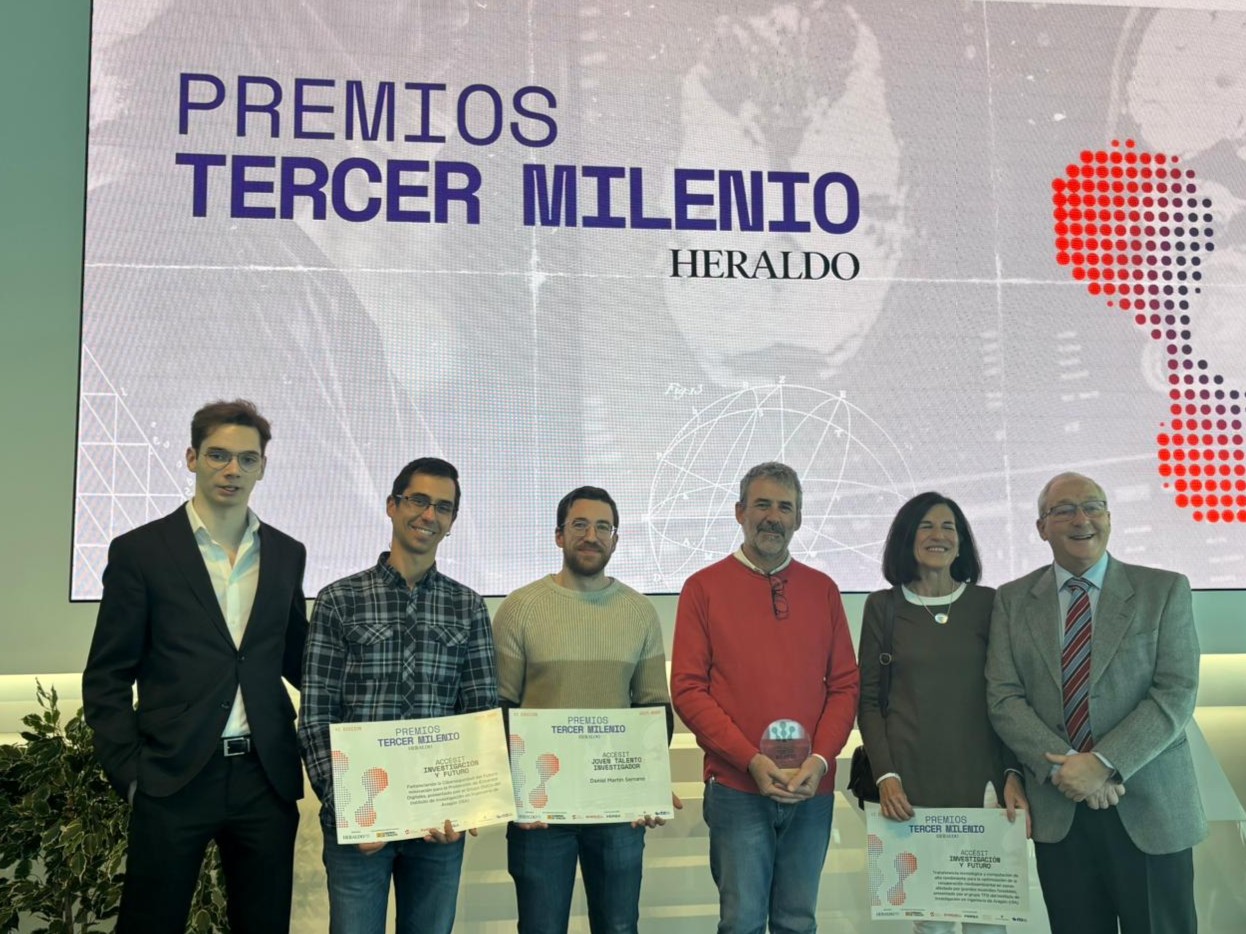
Researcher Martín Resano, recognised for his work in the field of plasma spectrochemistry. Coordinator of the Rapid Analysis Methods with Spectroscopic Techniques (MARTE) group, specialising in Analytical Chemistry, he is part of the Aragon Institute for Engineering Research (I3A) at the University of Zaragoza.
Resano has been awarded the European Plasma Spectrochemistry Prize, a recognition that values the effort and dedication of his research group over the years to develop analytical methods that have real-life applications.
Plasma spectrochemistry encompasses a set of techniques used in many different fields, from the analysis of blood to the analysis of petroleum derivatives, the analysis of alloys or the dating of materials of geological origin. ‘For example, in the exploration of the surface of Mars, plasma spectrochemistry is being used, among other analytical techniques,’ says Martín Resano.
To do this, it uses the energy of plasmas to obtain analytical information. ‘Plasma is the fourth state of aggregation of matter. It is much less known than the other three states (solid, liquid and gas), which is curious, because it is the most abundant state of aggregation in the Universe, although not on Earth. It is mainly present in stars, but we can see it for example in lightning in a thunderstorm,’ explains the I3A researcher.
In a very basic way, plasma would be a state similar to a gas, but in which there are charged species, whereas in a gas all the molecules are neutral. ‘This gives it unique characteristics that we use in analytical chemistry,’ he adds.
Plasma spectrochemistry generates small plasmas that are used in a laboratory to break down a sample into its various constituent elements and then quantify them. In this way, it is possible to know almost all the elements that are part of any sample and in what concentrations they are found.
The European Plasma Spectrochemistry Award received by Martín Resano highlights the relevance of his work in the scientific community. The University of Zaragoza researcher began in this field during his first stay at the University of Ghent (Belgium) immediately after finishing his doctoral thesis in 1999.
From the MARTE research group, ‘the possibilities have expanded greatly and micro- and nanostructures, such as nanoparticles, cells or micro- and nanoplastics can be analysed individually. This involves several changes in the way samples are introduced, information is generated and data is processed, and we are working on all these aspects,’ explains Martín Resano.
One of the group's latest projects, Nanolyme, aims to identify individual bacteria labelled with nanoparticles to improve the diagnosis of Lyme disease, in cooperation with French partners and the Miguel Servet University Hospital in Zaragoza.
The clearest trends in research focus on the analysis of micro- and nanostructures, the development of imaging techniques that provide information on how elements are distributed in samples of biomedical or geological interest, and also on remote analysis.
More information on the award:
https://ewcps2025.de/awards/european-award-for-plasma-spectrochemistry





